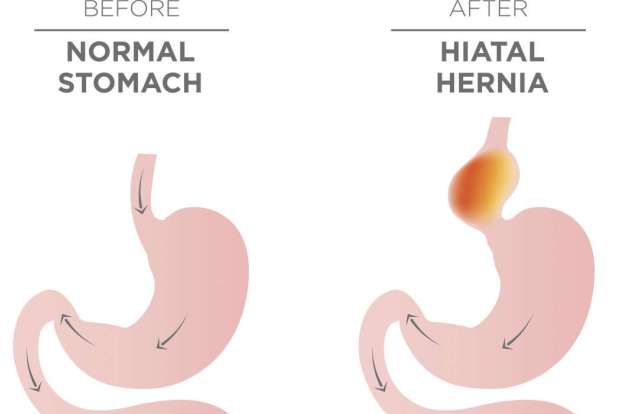Categories
- Bariatric Surgery (11)
- Black Fungus (5)
- Bone Marrow transplant (3)
- Brain Tumor Surgery Navigation Technology (20)
- Cardiac Surgery (66)
- Cardiology (97)
- Computer navigation technology for joint replacements (20)
- Covid Vaccination (17)
- Critical Care (2)
- Dental (19)
- Dermatology (31)
- Dialysis Support Group - “UTSAAH” (11)
- Dietitian (33)
- Emergency Medicine (4)
- Emotional Health (11)
- Endocrinology (33)
- ENT (20)
- Gastroenterology and GI Surgery (53)
- General and Laparoscopic Surgery (21)
- General Surgery (4)
- Gynecology & Obstetrics (183)
- Hematology (20)
- Internal Medicine (294)
- Kidney Transplant (50)
- Kidney Transplantation (20)
- Lung Cancer (8)
- Minimal Invasive Surgery (1)
- Mother & Child (20)
- mucormycosis (5)
- Nephrology (61)
- Neurology (147)
- Neurosurgery (68)
- Nutrition and Dietetics (107)
- Omicron Variant (1)
- Oncology (288)
- Ophthalmology (10)
- Orthopaedics & Joint Replacement (86)
- Paediatrics (59)
- Pediatric Nephrology (3)
- Physiotherapy (5)
- Plastic & Reconstructive Surgery (6)
- Psychiatry and Psychology (90)
- Psychologist (28)
- Pulmonology (72)
- Rheumatology (13)
- Spine Services (21)
- Transradial Angioplasty (16)
- Urology (84)
Query Form
Posted on Apr 19, 2022
Thalassaemia in Pregnancy
Thalassemia is an inherited blood disorder in which the body makes an abnormal form of hemoglobin, a protein molecule in red blood cells that carries oxygen. Three main forms of Thalassaemia are Alpha Thalassaemia, Beta Thalassaemia ,Thalassaemia Major.

Alpha Thalassaemia: A mutation in the alpha haemoglobin chains causes alpha thalassaemia. The alpha chains are produced by four genes. If one gene is mutated, there are rarely any symptoms. If two genes are mutated, it may result in mild anaemia. This is called alpha thalassaemia trait. If three genes are mutated, it results in a condition called haemoglobin H disease (HbH). Mutation of all four alpha genes causes the most severe form of the condition. This is called alpha thalassaemia major (Hb Bart’s syndrome). Sadly, few babies with alpha thalassaemia major survive beyond pregnancy or birth.
Beta Thalassaemia: A mutation in the beta haemoglobin chains causes beta thalassaemia. The beta chains are produced by two genes. If one gene is mutated, it results in symptoms of usually very mild anaemia (beta thalassaemia trait). It may also cause a more complex set of anaemia symptoms, ranging from mild to severe (beta thalassaemia intermedia). It all depends on the intricate interactions of the affected genes. If both genes are mutated, it results in the more serious beta thalassaemia major (Cooley’s anaemia). Beta thalassaemia is much more common than alpha thalassaemia.
Thalassemia and Pregnancy :
These complications are also associated with an increased risk to both mother and baby during pregnancy, with a higher risk of maternal cardiomyopathy and diabetes as well as fetal growth restriction. Most women with thalassaemia will also require ovulation induction therapy to achieve pregnancy.
Pregnancy Risks due to Thalassemia Include:-
- Increased Infection.
- Diabetes
- Heart Problem.
- Hypothyroid
- Increased number of blood transfusion.
- Low Bone Density.
Opt for tests if you have Thalassemia or have a family history of Thalassemia:
If you and your partner have been diagnosed with thalassaemia trait, a diagnostic test will tell you for sure whether your baby has inherited it. You may be offered one of the following tests:
Chorionic villus sampling – It involves taking a small sample of the placenta for DNA testing at about 11 weeks to 14 weeks of pregnancy.
Amniocentesis – It is the type of test in which the amniotic fluid surrounding your baby is tested after 15 weeks of pregnancy.
Fetal blood sampling – In this test blood sample is taken from the umbilical cord between 18 weeks and 21 weeks.
Furthermore, monthly check-ups throughout the pregnancy, and fortnightly in the final trimester, are suggested to all women with thalassaemia. Although there is no specific evidence regarding the timing or mode of delivery, the guidelines recommend continuous fetal monitoring as women with thalassaemia are considered to be at an increased risk of operative delivery.
Symptoms of thalassaemia include:-
- Bone Deformity.
- Delayed Growth.
- Yellow or Pale Skin.
- Dark Urine.
Treatment of Thalassemia :
In thalassaemia some treatment includes:-
- Blood Transfusion.
- Bone Marrow Transplant.
- Medication & Supplements
The choice of the treatment depends on the medical condition of the patient and is recommended by the treating doctors.



